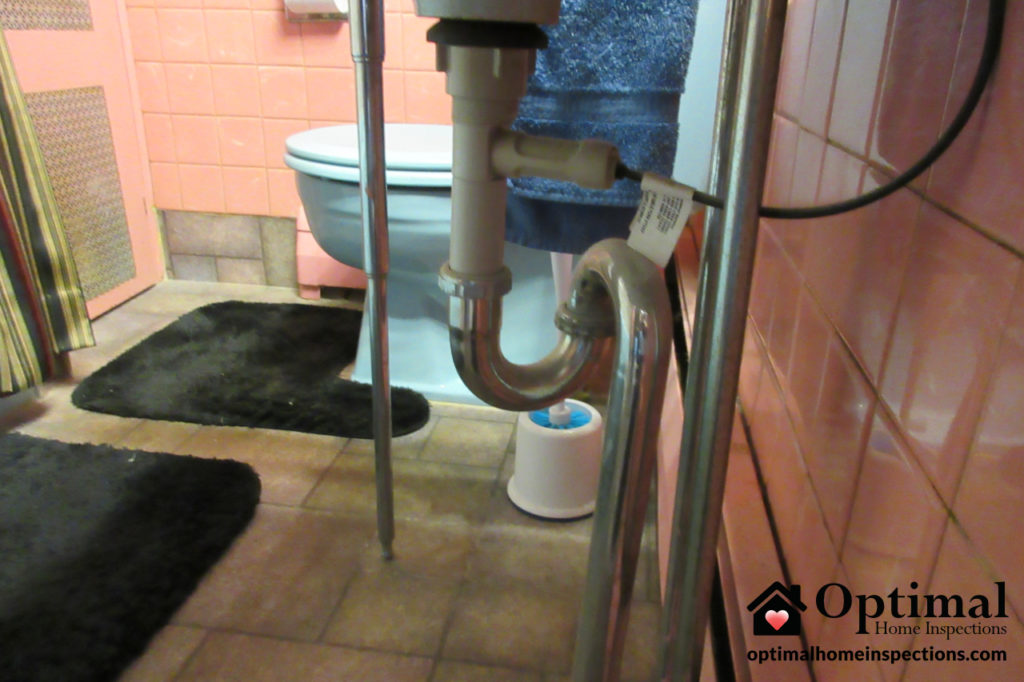
“S” traps can allow water to flow down a drain with such force that it pulls the water out of the trap resulting in a dry trap.

We want water at the bottom of the trap to keep sewer gases from escaping into our homes. This rarely looks like this with an “s”trap.
Fig 1 shows us what it should look like if we could see inside the pipe, the water is sitting at the bottom of the pipe sealing it closed. No gas can get through the water.

With a slug of water flowing through the pipe and a high rate of speed siphoning occurs. When the last bit of water rushes through the pipe it carries all the water with it.
Fig 2 shows us what the rushing water flowing through the pipe looks like. Because of the velocity caused by the second loop, we see below in Fig 3, the trap is dry. With no water in the trap, gases can escape out into our home.

With no water at the bottom of the trap to seal the opening, sewer gas can escape from the pipe and into our homes. Phew!
S traps can be fixed! Consult with your local licensed plumber and they can fix this stinky situation.


